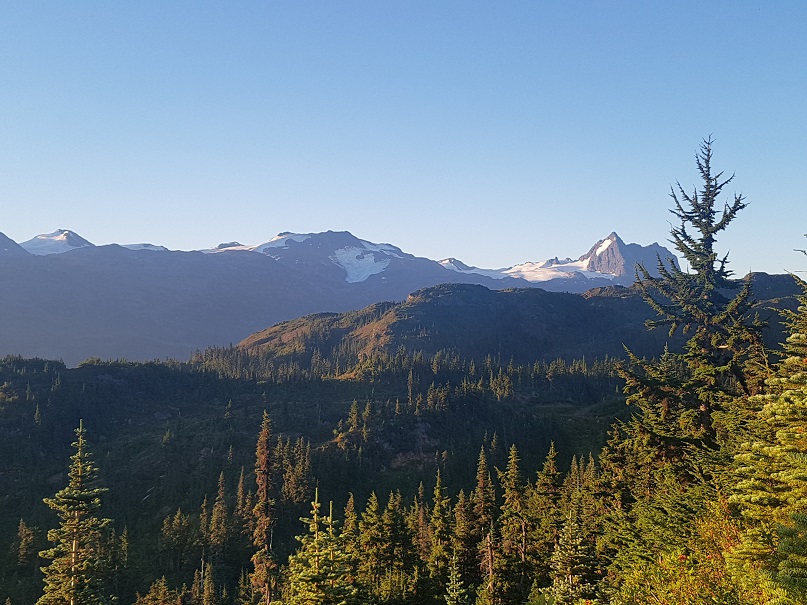Building a mine in British Columbia: hurry up and wait

That way you’ll know up front whether the province will even accept your application to the Environmental Assessment Agency. Your project may be dead before it is even subjected to an environmental review.
13 years is the average in B.C. for taking a mining project from discovery to approval and construction
Be sure to read UNDRIP (United Nations Declaration on the Rights of Indigenous People) and DRIPA (Declaration on the Rights of Indigenous Peoples Act).
Once you’ve done that, and submitted your application, you will, at some point, probably need to deal with the ministries of ECCS, EMLCI, IRR, and FLNRORD.
That’s just the provincial level. Federally you will probably have to deal with Fisheries and Oceans Canada and the Impact Assessment Agency.
This should not take long – about 13 years. (That is the average in B.C. for taking a mining project from discovery to approval and construction in B.C., though things can go quicker if you have local First Nations on board.)
Want to build a pipeline? That could take a bit longer.
In a government panel session at this week’s BC Natural Resources Forum, moderator Sharon Singh of Bennett Jones asked: “Timelines are often an issue for timely project delivery in the resource sector. What is government planning to kick-start the economic recovery on the regulatory front?”
It is telling about the regulatory landscape in B.C. that six different provincial ministers were involved in the discussion around natural resources.
While they offered some explanations for why permitting in B.C. can take so long, none offered much of an answer to the question: What is government doing to speed things up?
George Heyman, minister of Environment and Climate Change Strategy, said one of the problems with permitting in B.C. is simply a lack of staff to handle all the permitting applications.
He added that the recently revamped Environmental Assessment Act front-loads the community and First Nations engagement.
The idea there is to weed out projects that have no hope of getting social licence and government approval, so that companies do not waste years in a process that will eventually reject their proposal – the $1.5 billion Ajax Mine proposal being one recent example of that.
The government has created a new role — chief permitting officer — within the Mines Act
Katrine Conroy, B.C.’s new minister of FLNRORD (Forests, Lands, Natural Resource Operations & Rural Development) agreed with Heyman that one of the issues seems to be human resources.
The issue of permitting delays was one of the first issues brought to her attention upon assuming her portfolio two months ago, Conroy said.
“I have talked to staff and have asked them to get back to me on what is the holdup, what are the issues that the ministry is facing, and also working in collaboration with the other ministries, because it is definitely other ministries that are involved as well that are dependent on the permitting process,” she said.
“It’s an issue that I understand is an issue and we’re working on it.”
Bruce Ralston, minister of Energy, Mines and Low Carbon Innovation (EMLCI) said high commodity prices have a number of mine proponents “really anxious” to move projects forward.
He cited Blackwater, Eskay Creek, Castle, Highland Valley, and Cariboo Gold as some of the projects that “are working their way through the system.”
“I have heard the complaints, and I think it’s possible to accelerate the process without diminishing environmental or other legitimate regulatory concerns,” Ralston said.
He said the government has created a new role — chief permitting officer — within the Mines Act. And a deputy minister-headed committee is working on “retooling” the approval process.
He also pointed to the Oil and Gas Commission as a good example of a “one-stop” approach for the oil and gas sector, but stopped short of suggesting that anything of that nature was planned for other sectors like mining or forestry.
(This article first appeared in Business in Vancouver)




